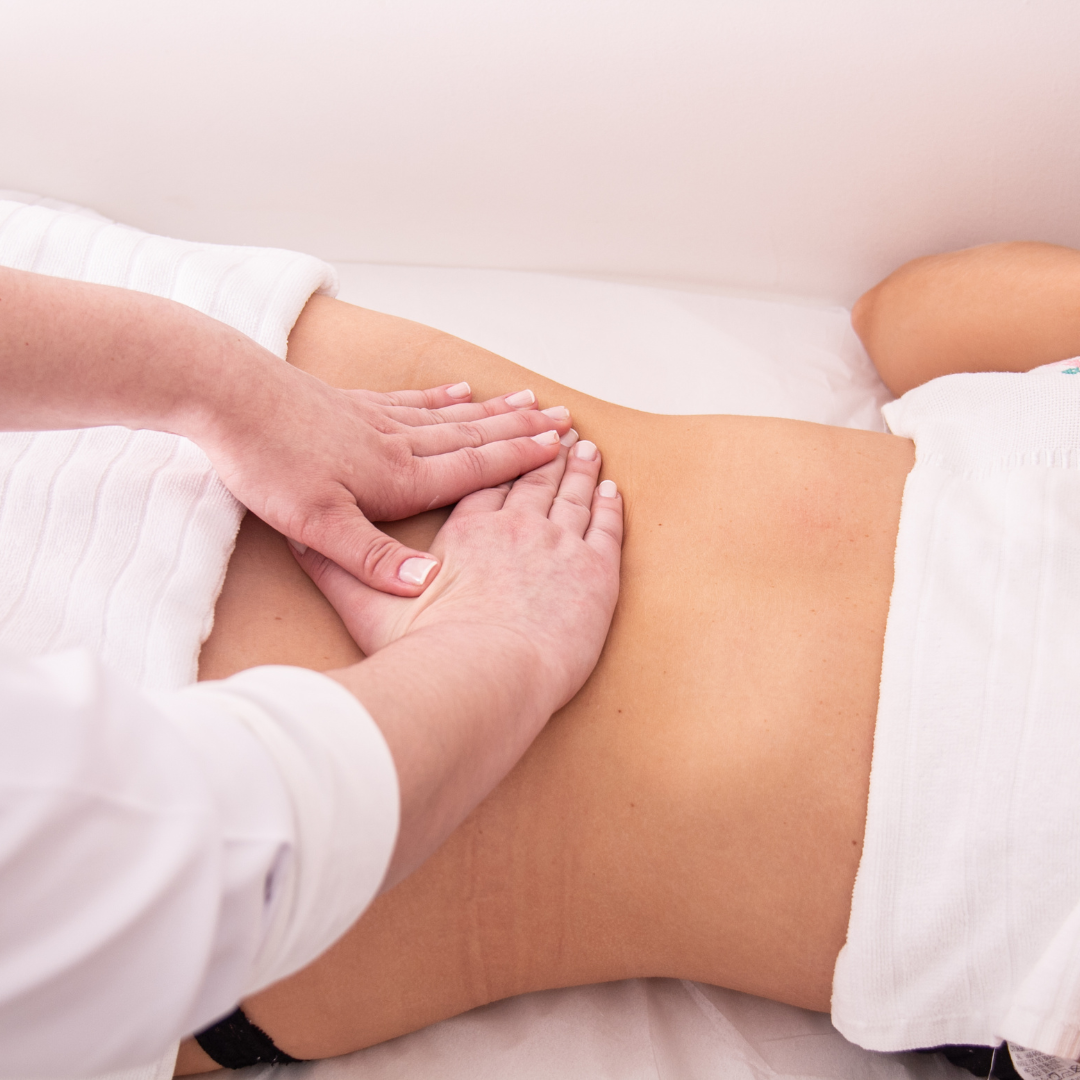By Catherine Morgan
Our body’s lymphatic system may not receive as much attention or appreciation as some of the more popular organ systems – like the digestive system, the circulatory system or the respiratory system; but this network of vessels, lymph nodes and organs is essential for keeping us healthy – and alive.
But how does it do this? And what action can we take when things aren’t working as well as they should be?
The Great Multitasker
The lymphatic system is part of our immune system and an important ally to the circulatory and digestive systems. It is sometimes likened to a sewage or drainage system – or a security alarm system – because it helps filter out and dispose of waste, toxins, cellular debris, and other unwanted materials, as well as infection-causing foreign invaders such as bacteria and viruses.
But in addition to its housecleaning and gatekeeping duties, the lymphatic system plays a vital role in maintaining the body’s fluid balance – by collecting excess fluid that has leaked into the tissues from the blood vessels and returning it back into the circulation. And it also facilitates the absorption and circulation of fats and fat-soluble vitamins.
So, you could say that it has quite a job to do!
 |
 |
An Organised Network
The lymphatic system is an organised network of vessels, nodes, and organs, including the tonsils, appendix, spleen, thymus, and bone marrow.
The vessels are essentially a motorway transit system for lymph – a watery fluid derived from blood plasma that has leaked out of the circulatory system, and which contains water, proteins, fats, immune cells, damaged cells, and foreign particles. This lymph takes a one-way trip from the body’s tissues back towards the heart for recirculation – but it isn’t always a smooth ride. On the way to its destination, the lymph must pass through strategically placed lymph nodes that act as security checkpoints to monitor and cleanse it as it filters through. Here, harmful organisms are trapped and destroyed by infection-fighting white blood cells.
The interesting thing about the lymphatic system is that, unlike the circulatory system, it doesn’t have a central pump to move fluid around the body; instead, it relies on pressure, muscle contractions, and one-way valves to squeeze the lymph fluid through the vessels.
A Blockage in the System
All is fine and dandy when things are running smoothly. But just as a clogged drain can cause a backlog of waste in the system, congested or blocked lymph flow can lead to a build-up of lymph fluid in the body’s tissues.
Medically, lymphatic dysfunction can cause a condition called lymphoedema, where parts of the body become swollen, usually the arms or legs; there are several potential causes, including cancer treatments that remove or damage lymph nodes, or infection, or injury.
From a functional medicine perspective, sluggish or impaired lymph movement may play a role in a wide range of health complaints, from frequent infections, pain and digestive issues, to headaches, chronic fatigue and skin problems.
Love Your Lymph
The good news is that there are some simple strategies that may help support lymphatic health. Here are six of them:
Movement
This can be a simple as walking or jogging, or even shaking it out – it doesn’t have to be strenuous! Basically, anything that moves the body will help push the lymph through the vessels. So, take a walk or dance around; move more of your body and do it often…Basically, just keep moving!
If you want to take things to the next level, jumping on a rebounder or mini-trampoline can also be a fun way to encourage lymphatic circulation.
Manual massage
This can be done at home using tools such as a dry brush, a gua sha (skin scraping) tool or roller, or just your hands. The idea is to manually move the lymph fluid towards its destination; so, it’s worth following a specific protocol to ensure you’re encouraging movement in the right direction.
Dr Perry Nickleston, aka ‘The Lymph Doc’, is a chiropractic physician with a primary focus on treating chronic pain and inflammation via the lymphatic and vascular systems. He has developed his own system of lymphatic massage called BIG 6 TM – a technique intended to improve fluid flow in the body by working primary locations for lymphatic flow and blood flow. It’s a quick and easy routine to follow at home and it doesn’t require any additional tools – but you do need to follow the correct order when stimulating the six specific points (collarbone, sides of the neck, shoulder joint, abdomen, groin crease, and behind knees). This technique isn’t recommended for everyone though (e.g., those with heart or circulation disorders, acute infections or cancer, or pregnant women), so check out Dr Nickleston’s website before digging in.
There are also trained practitioners in lymphatic massage if you feel you need additional support. One such technique is Manual Lymphatic Drainage, or MLD – a gentle skin-stretching massage that specifically focuses on the lymph vessels, and which can be particularly useful in the treatment of lymphoedema.
Breathwork
Deep and slow diaphragmatic breathing can help stimulate lymph fluid movement and keep everything flowing. Simple breathing exercises can be practised anywhere, so are easy to incorporate into your daily routine. Sit or lie down in a comfortable position, with one hand on your belly and one hand one your chest; take a deep breath in through your nose, filling your belly as you breathe in. Take a pause on the inhale and then breathe slowly out through pursed lips. Repeat several times. The good thing about deep breathing is that the benefits go well beyond the lymphatic system.
Castor oil packs
Castor oil has a unique ability to stimulate the lymphatic system, and regular use of castor oil packs may aid detoxification. If you would like to give them a try, or if you have any questions about the use or benefits of castor oil packs, the Castorvida team would love to hear from you!
 |
 |
Diet
High levels of inflammation may put stress on the lymphatic system, and our diet can be a major trigger. Focus on eating a whole food, largely unprocessed, nutrient-rich diet. Whatever approach you prefer – be it Mediterranean, carnivore or vegetarian – the key is to avoid chemical-laden foods that contribute to the body’s overall toxic load. And ensure you’re well hydrated – lymph is mainly water, so focusing on good hydration may aid lymphatic function and support the body’s natural detoxification pathways.
Clothing
Avoid wearing tight-fitted clothing too often as it may restrict lymphatic flow. Whilst many of us opt for fashion over function, it’s worth acknowledging that our choices could be affecting our health, especially if the clothing is too tight and kept on for too long. That doesn’t mean we can’t wear anything tight, ever again; but it might be worth taking a more mindful approach to getting dressed in the morning.
So, the take-away message? Perhaps that the lymphatic system is an unsung hero of the body – it quietly does its thing with little fuss. But it can become overwhelmed, and that’s when symptoms might appear. A bit of lymphatic TLC may therefore be useful, and the benefits will likely flow through the whole body.


